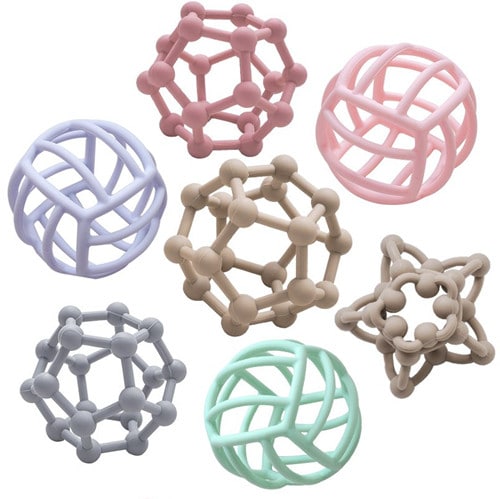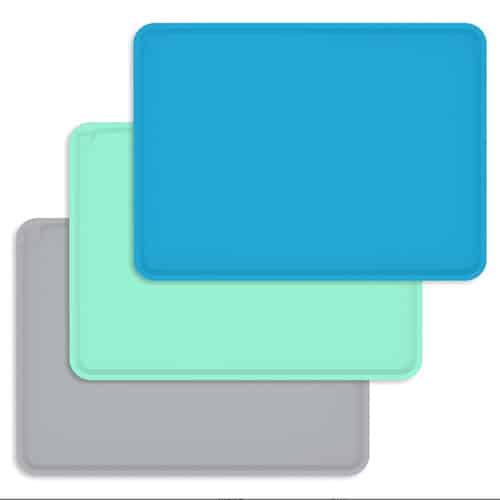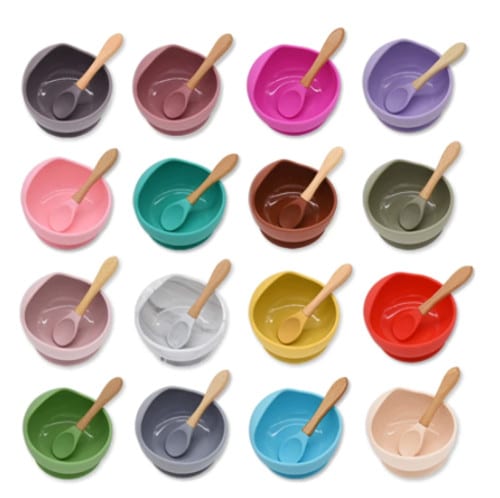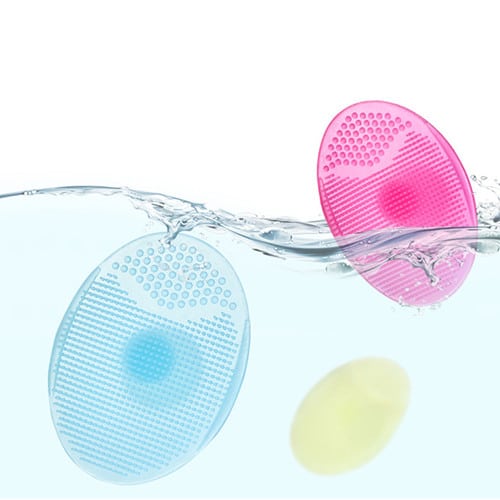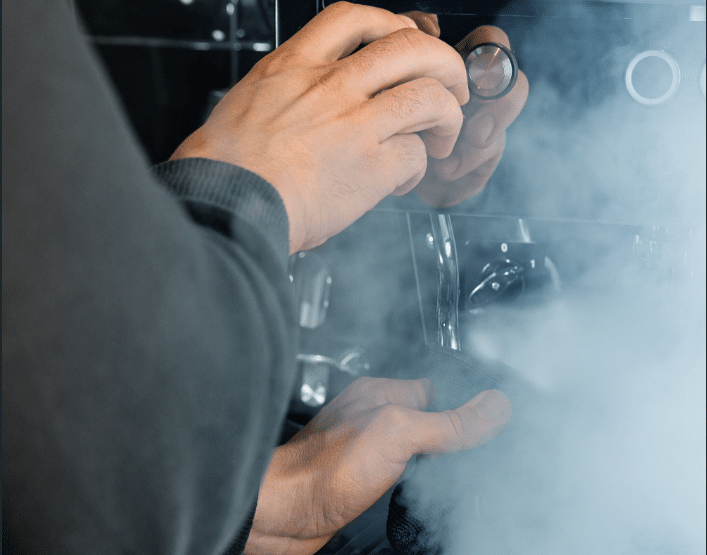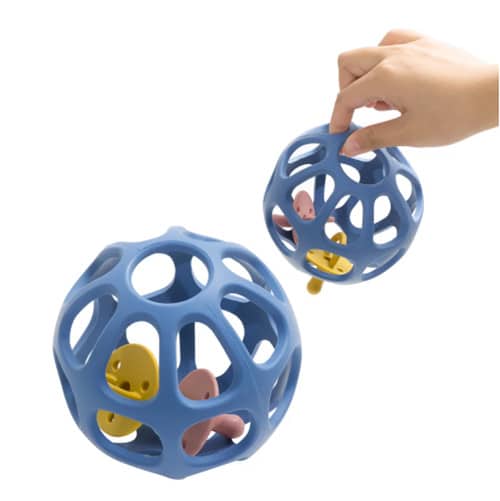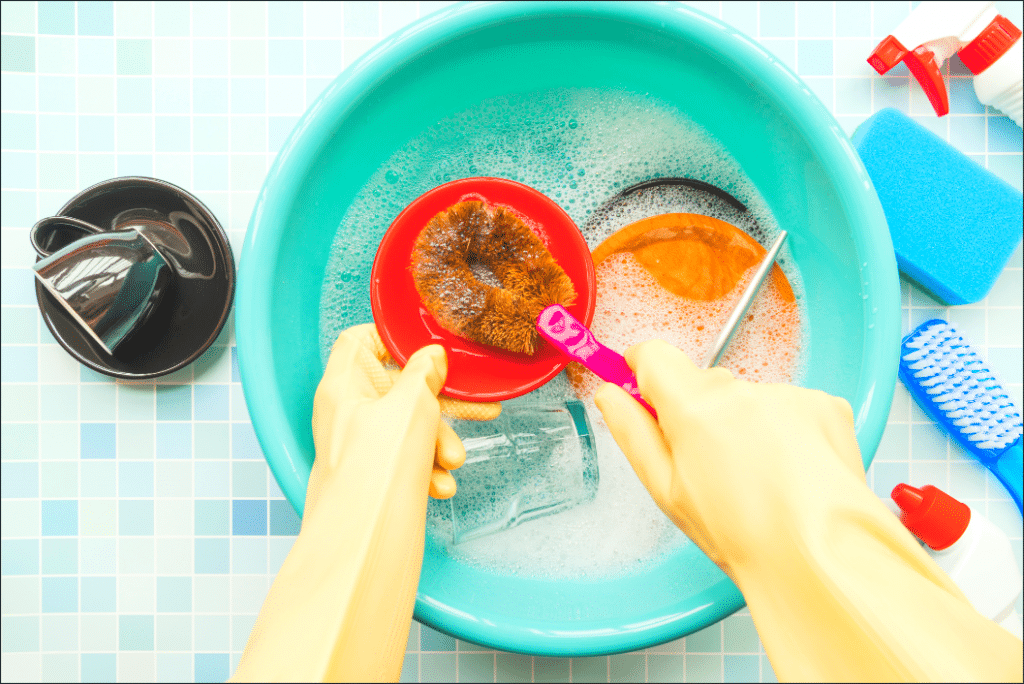How to sterilize silicone products?
Yes, you can sterilize silicone products. Cleaning silicone product is an easy process requiring minimal cleaners.
Keeping your baby’s items clean and germ-free is crucial for maintaining their overall health and well-being. One of the questions many parents have is whether silicone baby products can be sterilized to ensure optimal hygiene.
In this article, we will discuss the importance of sterilizing silicone baby products, the heat resistance and durability of silicone, and various methods you can use to effectively sterilize your baby’s products.
Dishwashing Soap and Water (By Hands)
Whether scrubbing caulk or washing bakeware, dish soap and water are enough to remove everyday grime. You can use baking soda to work through tough build-up and hydrogen peroxide to break down stains.
This is the easiest and most effective way to clean most homeware products with silicone rubber material:
- Clean the silicone product as you would your regular dishes. Try not to use the harder side of the sponge to avoid scratching the surface. You can also use a brush with soft bristles for stained silicone.
- Rinse your silicone product with clean water, and let it dry.
Dishwasher
If you lack time, throwing them in the dishwasher works:
- If you use your silicone ware in cooking, allow it to cool off before cleaning it.
- Place it on the top or bottom drawer of the dishwasher away from anything sharp.
- Add your favorite soap and let the dishwasher run normally at a high temperature.
- After the rinse cycle, use a clean, dry cloth to make sure the silicone rubber is dry before storing it.
- Pro tip: Check with the manufacturer if your silicone rubber utensil is dishwasher-safe.
Can silicone be steam sterilized?
A. Boiling
- Fill a pot with enough water to fully submerge the silicone baby products.
- Bring the water to a rolling boil.
- Carefully place the silicone baby products into the boiling water.
- Boil the brush for at least 3-5 minutes to ensure thorough sterilization.
- Carefully remove the products using tongs or a similar utensil, and let it cool and air dry on a clean surface.
B. Steam Sterilization
- Fill the steam sterilizer with the recommended amount of water, as per the manufacturer’s instructions.
- Place the silicone baby products on the designated tray inside the sterilizer.
- Close the sterilizer and set the timer according to the manufacturer’s guidelines.
- Once the sterilization process is complete, wait for the products to cool down before carefully removing it.
- Allow the products to air dry on a clean surface.
C. Using A Microwave Sterilizer
- Fill the microwave sterilizer with water, following the manufacturer’s recommendations.
- Place the silicone baby products inside the sterilizer.
- Close the sterilizer and place it in the microwave.
- Set the microwave’s power and time according to the sterilizer’s instructions.
- After the sterilization process, let the products cool down before removing it and allowing them to air dry on a clean surface.
D. Dishwasher Sterilization
- Place the silicone baby products in the dishwasher’s top rack or utensil holder.
- Run the dishwasher on a hot water cycle or a cycle specifically designed for sterilizing baby items, if available.
- Once the dishwasher cycle is complete, carefully remove the silicone products and let them air dry on a clean surface.
- Always consult the manufacturer’s instructions for your specific silicone baby products and sterilization equipment to ensure proper usage and optimal results.
How long to boil silicone to sterilize it?
The easiest and simplest way to sterilize silicone is to simply boil it in water for 2-3 minutes. If you use a UV sterilizer, you may end up reducing the lifespan of your product which can eventually cause the silicone to become sticky and unusable over time.
You can sterilize silicone by boiling it for about 10 minutes. Be sure to use a pot that’s big enough to fit the silicone item(s) you’re sterilizing, and make sure the water is boiling before adding the silicone.
If you’re sterilizing multiple items, it’s best to put them in a bag or container to prevent them from touching each other. This will help ensure that each item is properly sterilized.
It’s also important to remember that silicone can’t be sterilized with alcohol or bleach. So if you’re looking for a quick and easy way to sterilize your silicone items, boiling is the best option.
Cleaning silicone with alcohol
No. Alcohol-based cleaners should not be used for cleaning surfaces as alcohol inhibits the cure of silicones. Soaps or detergents used to clean the surface must be rinsed away thoroughly with clean water to ensure that all traces of the soaps are removed before sealing.
Can you freeze silicone teethers?
It is safe to put the silicone teether in the freezer because the silicone can stand at -40 C degrees.
But do not freeze the teething rings: Although many people may have done this, and cool objects could relieve discomfort, freezing the rings shouldn’t be the answer. Frozen rings can become very firm and could actually injure your child’s gums. In addition, exposing your child to the extreme cold might cause frostbite. Instead, you can put the silicone teether into your fridge, and you may still get a cold but unfrozen ring.

